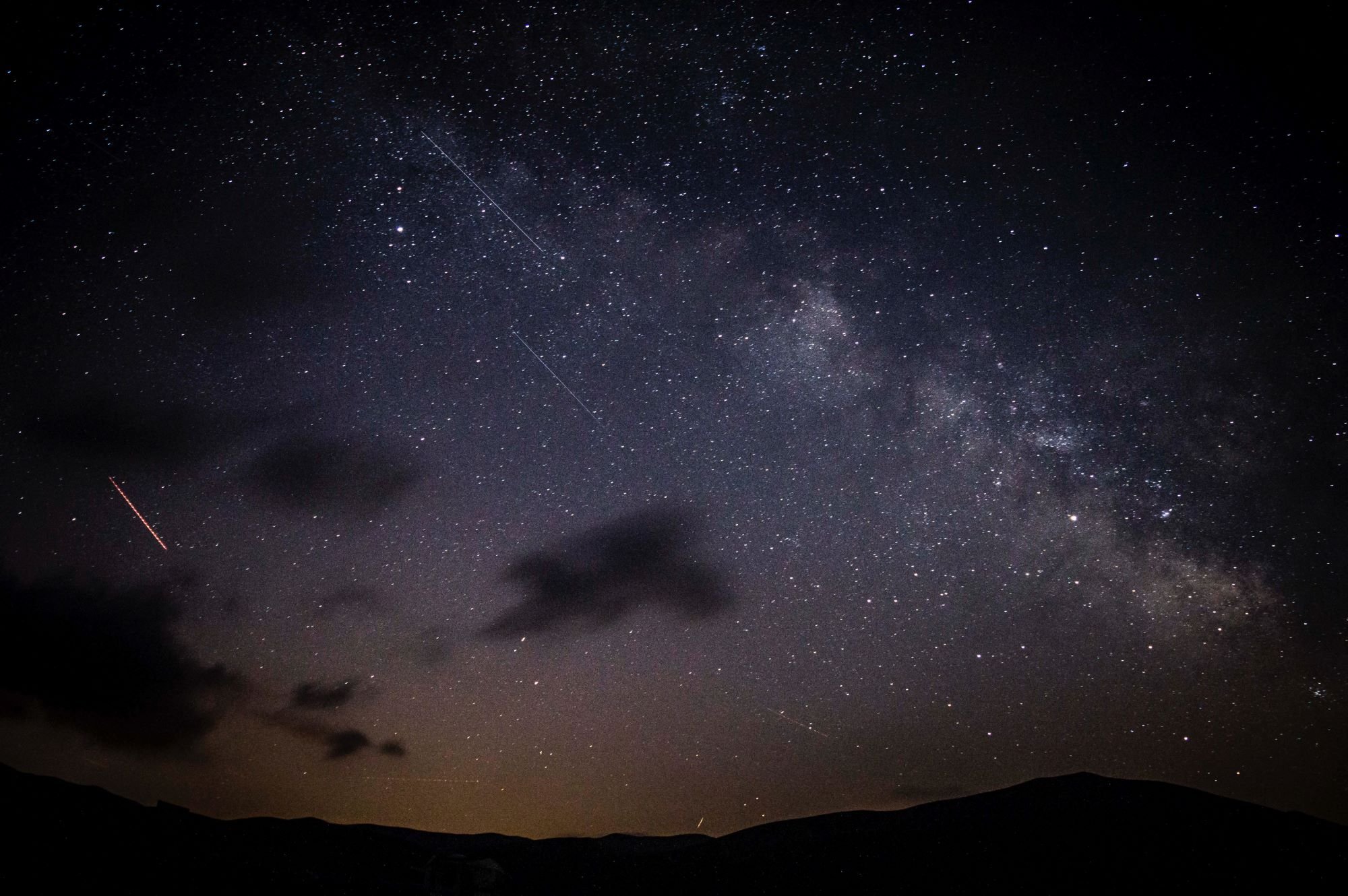
A volcanic comet – “Satan” – is hurtling towards Earth again on October 31. From the explosion, the distinctive “horns” that gave it its name appeared again.
The latest explosion, the second in a month and the third since July, is a reminder that the comet is becoming increasingly volcanically active as it continues its journey to the “heart” of the solar system.
The comet called 12P/Pons-Brooks (12P) is one of these planets Cryovolcanic comet. Like other comets, 12P has a solid core — a solid icy shell filled with ice, gas and dust — surrounded by a mysterious cloud or coma made of material seeping from inside the comet.
But unlike non-volcanic comets, radiation from the Sun can heat the interior of 12P, leading to pressure buildup. When the pressure becomes intense, it tears the core crust from within and spreads its core materials into space.
These explosions cause the comet’s coma to expand and brighten as it reflects more sunlight back toward Earth.
When a comet explodes, its coma forms into virtual “horns,” like Satan’s horns. That’s because 12P’s large core, which extends about 17 kilometers, has an unusual “crack” on its surface, which blocks the flow of cold magma into space and causes its extended coma to grow irregularly.
On July 20, astronomers observed an explosion of 12P. Then, on October 5, experts watched the comet explode again with greater force.
And last week, On October 31, Amateur astronomer Elliott Herrmann discovered another explosion as 12P became about 100 times brighter than normal.
Subsequent observations showed that his coma had expanded significantly and his “horns” had regenerated. However, it was not as severe as after other explosions.
Getting closer to the ground
12P has an elliptical orbit, meaning it approaches the Sun before being ejected into the outer solar system, where it slowly drifts until it begins to be pulled inward again. This orbit is very similar to the orbit of the green comet Nishimura, which took a similar path around the sun in September.
It takes 12P about 71 years to complete a complete trip around the Sun. Most of the comet’s journey is in the outer solar system. This means that astronomers can only see the comet clearly when it begins to approach the Sun, as is the case now.
12P will reach its closest approach to the Sun, or perihelion, on April 24, 2024, at a distance of at least 116.7 million kilometers. It will then be closer to the Sun but farther away from Earth and Venus. .
The closest point to Earth can be reached on June 2 It will be at a distance of 231.9 million kilometers. He will remain there until 2094.
Comets appear brighter in the night sky the closer they are to the sun because their fading reflects more sunlight. This means there is a high chance that the comet will be visible to the naked eye in late May or early June as it passes close to Earth.

“Total alcohol fanatic. Coffee junkie. Amateur twitter evangelist. Wannabe zombie enthusiast.”





More Stories
Diamonds created in less than 3 hours – an innovative process
Gerasimos Papadopoulos at Newsbomb.gr: How a lunar eclipse can cause an earthquake – Newsbomb – News
Ubisoft's free-to-play Call of Duty game has a release date